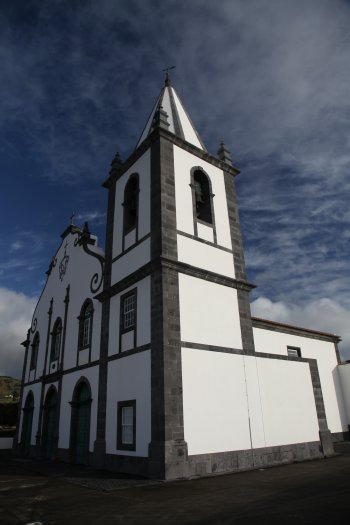Explore the best places
Monuments in Horta
The Cedars House
- heritage
Rua Cônsul D'Abney
9900-014, Horta
Erected in 1851 by John Pomeroy Dabney, son of the American Consul in the Azores, this building housed the residence and the winepress of the Dabney Family.
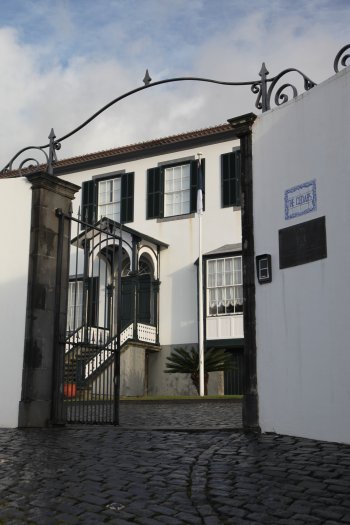
Igreja Matriz de São Salvador / Antigo Colégio de São Francisco Xavier
- heritage
Largo Duque D'Ávila e Bolama
9900-141, Horta
Initially built as the Jesuit College Church, the first stone was laid in 1652. However, construction only began in 1680. The buildings that flank it were never finished and today houses the Museum of Horta and the City Hall. The church became a parish church in 1825, due to the advanced state of degradation of the previous church. The church's facade is made up of four floors and its interior is made up of a single nave and three interconnecting chapels.

Moinhos de Vento da Lomba da Conceição
- heritage
Lomba
9900, Horta
Set of three rotating windmills, located at the top of Lomba da Conceição. The wooden structure, as well as the access stairs, are painted red, from which the masts and sails emerge (two with grid sails and one with triangular sails). The landscape that can be captured from these mills is of rare beauty.

Farol da Ponta dos Capelinhos
- heritage
Capelo
9900-304, Horta
The Capelinhos lighthouse was completed in 1903, after works that took over nine years. Its primary function was maintained until 1957, when it was the eruption of the volcano. From that date was in ruins. Consists of a rectangular body of two floors (one of which buried) and a central octagonal tower. Their retraining and integration into the interpretation centre of Capelinhos volcano allows, nowadays, the ascent to its central tower from where you have a unique view on the rugged volcanic landscape.
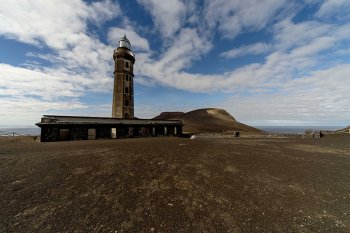
Portão Fortificado de Porto Pim
- heritage
Rua Conde D'Ávila
9900-019, Horta
Also known as a stronghold of the patrol, this door is part of the defensive complex dating from the early 17TH century which included the Guardhouse, the Castelo de São Sebastião and the Strafing, connected by a wall of support along the Bay of Porto Pim. It is a fortification of L-shaped plant with ten Gunners.

Forte de São Sebastião
- heritage
Rua do Castelo
9900-038, Horta
The Castelo de São Sebastião assumes a form roughly pentagonal and is deployed on a rocky spur beside the Bay Porto Pim. Is bathed in three sides, by the waters of this Bay. It was part of a defensive complex which included Guarita, stronghold of the Patrol and Strafing, connected by a wall of support along the Bay. Since August 2005, at the Fort, the Ecoteca of Faial.
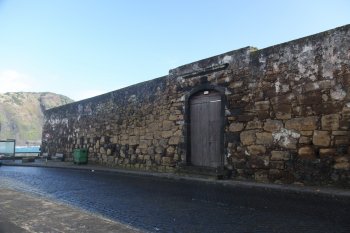
Igreja de Pedro Miguel / Igreja de Senhora da Ajuda
- heritage
Rua da Igreja
9900-429, Horta
This church is in high State of degradation due to the earthquake of July 9, 1998. Followed by a serious fire, the two catastrophes left this temple almost completely destroyed.
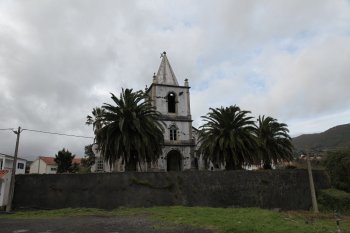
Igreja de Nossa Senhora da Graça
- heritage
Rua da Igreja - Praia do Almoxarife
9900-451, Horta
Church dating from the 18TH century, consisting of three ships. The interior is, in its generality, towed and painted. The main façade includes the inscription "1929\/1770" and is divided into five bodies, corresponding to the three naves and the two towers. Apart from the main façade and bell towers, which are lined with white tiles, the exterior is painted white. During the earthquake of 1998 the Church was substantially damaged.
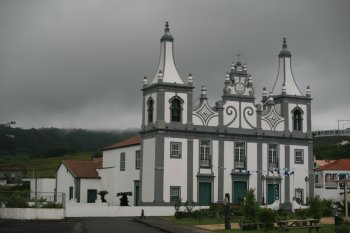
Igreja da Conceição
- heritage
Largo Padre José Silvestre Machado
9900-080, Horta
Church built in the 20th century, of rectangular plan, with a tower at the Centre of the main façade. Presents some features of "art deco" and is plastered and painted white. The main facade has two cross-shaped openings. The doorway in the Church is surmounted by a window with a stained-glass window. Later, further up, is a telescope and the belfry, surmounted by a cross.
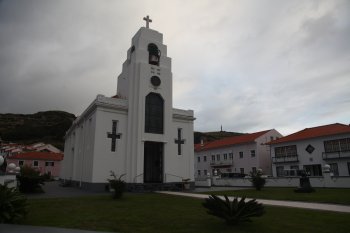
Igreja da Feteira
- heritage
Rua da Igreja
9900-361, Horta
Church erected during the 18th century, of rectangular plan with Bell Tower on the right side, chancel and sacristy asymmetric surface on both sides. The interior of the Church is divided into three naves separated by four arches supported by whole square section pillars with capitals. Virtually the entire Church is plastered and painted white. The building was strongly shaken by the earthquake that occurred in July 1998.
